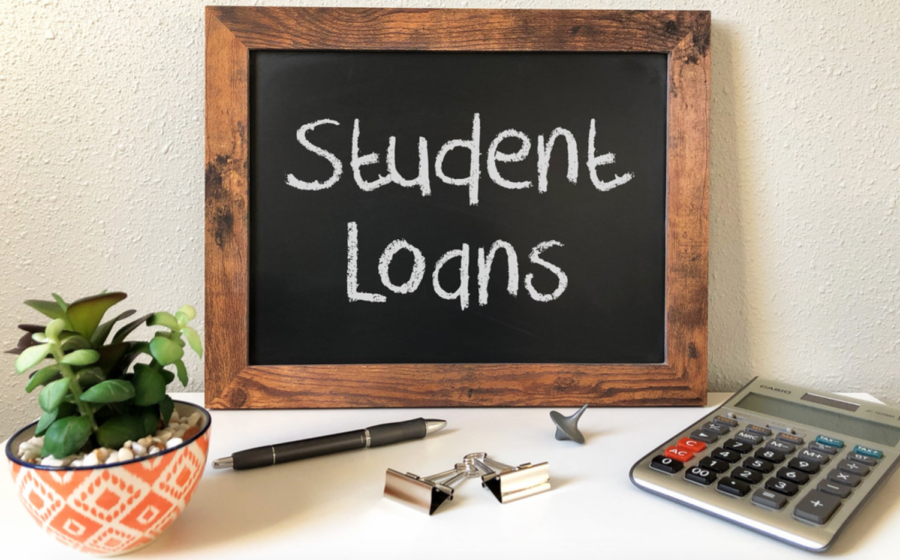Student Loans and Accumulating Debt at Pace
“Student Loans” by Got Credit is licensed under CC BY 2.0
Almost half of Pace students rely on loans at some point during their college career.
49 percent of students who graduated from Pace last year took out a loan at some point during their career according to the University Director of Financial Aid, Mark Stephens. However, on national standards, Pace’s official Loan Repayment Rate is high, at 63.6 percent.
“[The Loan Repayment Rate] is the percent of students who have repaid at least $1 of the principal balance on their federal loans within 3 years of leaving school,” Stephens said. “Pace University students repay their student loans at a much greater rather than national standards,” Stephens said.
The National Loan Repayment Rate is 46.4 percent. 70 percent of Americans graduate with some amount of debt.
“I attribute the stellar loan repayment history of Pace students to our impressive job placement rates,” Stephens said. “Our Coop and Career Services team works tirelessly connecting our students with major corporations, health institutions and business for internship experiences that lead to fulltime employment opportunities.”
While pursuing a bachelor’s degree, students are permitted to borrow $31,000 before reaching the federal loan limit. However, federal loans are not the only way to receive financial help while attending college or university. Students have a chance of being granted financial aid, grants and scholarships.
“Students with outstanding balances may apply for alternative (private) education loans,” Stephens said. “These loans allow students to borrow up to the annual cost of attendance minus all aid received.”
On average, Pace students who utilize loans, borrow $25,161 in Federal loans for their undergraduate study. This statistic is slightly below the national average, which was $32,600 for private institutions according to the 2017 College Board report.
Students who graduate in debt are required to start paying it off six months’ post graduation. Those who acquire student debt have various choices as to how they want to go about paying off their loans.
There is a standard repayment plan with 120 fixed monthly payments during a repayment term that can go up to 10 years. Another option is income-based repayment plans, which depends on how much the borrower makes. There are also payment deferment opportunities.
Something important to keep in mind when repaying debt is the federal interest rates that vary on a yearly basis. For the 2019-2020 academic school year, the federal loan interest rate for undergraduates is 4.53 percent. Interest does not accrue on subsidized loans during college enrollment.
In certain cases, Stafford Subsidized and Unsubsidized, Parent and Perkin student loans may be forgiven, discharged or canceled.
“The most common and largest program is the Public Service Loan Forgiveness program which fully forgives the balance remaining after 10 years of qualifying full-time employment with 10 years of qualifying payments,” Stephens said.
Although it will be helpful to look into these forgiveness programs, The Department of Education reports that it takes the average American 20 years to pay off their debt of $20,000 to $40,000.
Your donation supports independent, student-run journalism at Pace University. Support the Pace Chronicle to help cover publishing costs.

